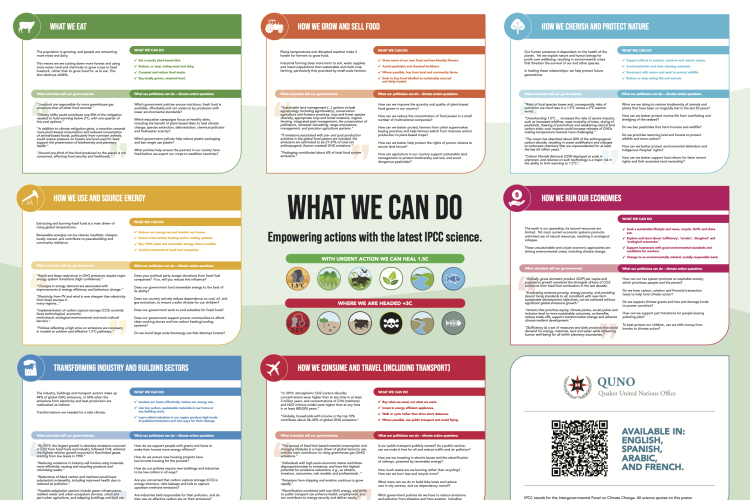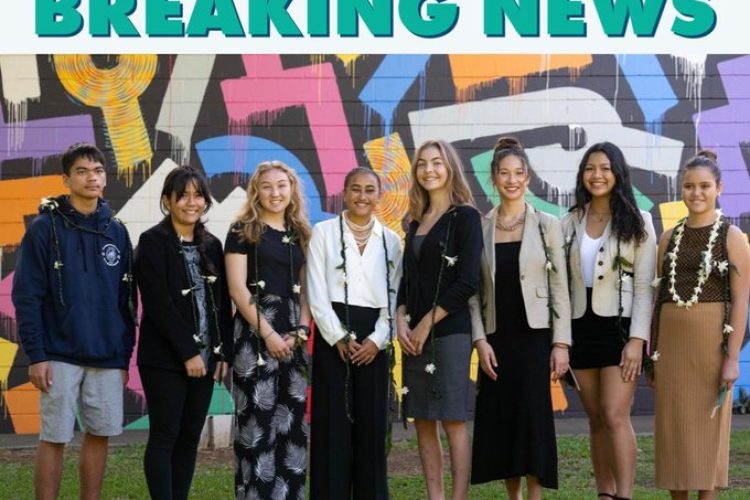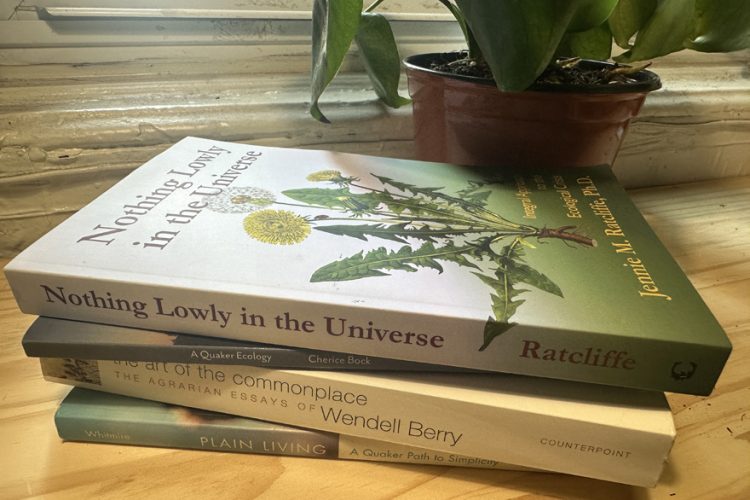Report on Permanent Forum on Indigenous Issues

I was there in 2001 when Indigenous representatives at the UN first heard that the UN would host and support an annual Permanent Forum on Indigenous Issues (PFII). I saw grown people jumping in the halls, rejoicing. This May I was able for the first time to attend a meeting of the PFII and meet people from around the world dressed in their native finery. At the PFII, the standard terms of address are “brother” and “sister.” This article shares some of what I learned at the PFII.
SOVEREIGNTY
Sovereignty is the bottom line for indigenous groups. Even when indigenous peoples are technically citizens of “…the societies in which we choose or are forced to live…,” they consider themselves sovereign nations that should be treated as such. They say corporations should not replace governments in negotiations about land or rights.
Some groups are working for more recognition of their sovereignty by national governments. Chief Oren Lyons, representing 10 Haudenosaunee (Iroquois) nations, says that government restriction of his people’s movement is illegal. He wants recognition for Haudenosaunee documents of citizenship for international travel. Some groups, including native Hawaiians, want to reject citizenship in the colonial-founded countries where they live.
Although some see citizenship as a threat to their sovereignty, Joan Carling of the Asia Indigenous Peoples Pact (http://www.aippnet.org ) sees it as a plus. Citizenship allows people to get drivers licenses, appear in court, receive basic services, and hold title to land. This last is crucial. Carling says emphatically, “Land is life!” Some indigenous groups do not even exist on paper, giving them no legal status at all in the countries where they live.
EDUCATION
Concern about preserving indigenous identity as Peoples rings clearly in discussions about education. Indigenous peoples want both the continuity of traditional languages, values, and life-ways and a strong, knowledgeable presence in the wider world. Historically, national governments have tried to force assimilation through harsh suppression of tradition while providing some form of mainstream education. The overt goal has been to eliminate the native presence by absorbing indigenous people into the dominant society.* Indigenous Peoples do not want to disappear this way. In higher education, out-migration in pursuit of education can mean a loss to the community of its good minds. Strongly supported early traditional education can reduce this danger.
A speaker from UNICEF named two things that work: (1) Children learn best in their mother tongue, and (2) the community must be involved with the schools. Indigenous Peoples want to be in charge of their children’s education through planning, providing, and training teachers for their children’s schools. There are successful examples of this, such as a mobile school for a nomad group in southeastern Siberia, (http://www.youtube.com/watch?v=pyp4J_ezPqU ), but having control over their children’s education continues to be a serious challenge in many places.
UNDRIP
The most important global event in the Indigenous world was passage in 2007 of the UN Declaration on the Rights of Indigenous Peoples (UNDRIP). UNDRIP calls for the “free, prior and informed consent” of indigenous peoples before any action is taken that will affect them. In spite of this, land dispossession and rights violations are happening on all inhabited continents, as corporations try to implement extractive industries, bio-fuel plantations, large hydroelectric facilities, and even playgrounds for the rich.
UNDRIP has no force of law, but whenever it is cited in a court decision it enters the case law of that place. There is a great campaign going on to have the document translated into all indigenous languages, and widely disseminated and taught. Many indigenous people don’t yet know that UNDRIP exists, that it articulates their rights, and can potentially be of help.
It is crucially important to get laws on the books that incorporate basic rights and that clarify title to land. Written title was not an issue before colonialism came along with its rules about ownership. However, as one speaker asserted, “There is direct continuity with colonialism. The master/slave relationship is still there. The constitutions and laws may be in place but there is no way to have them enforced.” Another speaker brought up tales of slaughter by government or private forces, mercenaries hired by agribusiness and mostly by extractive industries. When such horrific violations occur, it is important to have lawyers present and to have the media spotlight. Someone suggested setting up a process enabling notice of violations to be sent to the General Assembly.
Non-indigenous people whose work impacts indigenous people and programs also often don’t know about UNDRIP and how it applies to their work. Education about UNDRIP is needed everywhere, among UN agencies and departments, governments, police forces, soldiers, and citizens in general.
In the context of wanting to educate widely about UNDRIP and the struggles of people demanding the rights that have been declared, even “incomplete successes” are valued, along with conferences and gatherings. They can inform both the Indigenous themselves and the wider world about what is going on, which is itself progress. Someone remarked, “Awareness-raising percolates both up and down.” Coming of Age
The PFII is maturing as an organization. There is now “a mix of bureaucratic experts,” who follow relevant issues through the UN system. They can connect specific paragraphs in UNDRIP with correlating paragraphs in official documents and monitor in detail what is going on.
Many if not most indigenous groups now have their own websites or are connected with other groups that do. There is also an Indigenous Peoples’ Center for Documentation, Research and Information, called doCip, which is a multilingual database with more than 800 links to indigenous sites (see www.indigenousportal.org ).
Joan Carling (mentioned previously) recalled that the first three to five years of the FPII were enthusiastic, but now at 12 years, she identifies “a sense of fatigue.” She noted that, “The countries aren’t coming as much.” Carling called for a clear recommendation to countries and to UN branches for “constructive engagement with states, not just talking to ourselves.” She asks for “inclusion and participation at both regional and global levels.” Carling says, “We need feedback on progress,” and asks for research with “clear indicators and monitors.”
In September of 2014 the UN General Assembly will hold a World Conference on Indigenous Peoples. Indigenous representatives from around the world have already gathered in Alta, Norway and produced an Outcome Document that names concerns and how they can be remediated. It is very informative! To learn more, go to: http://wcip2014.org/wp-content/uploads/2013/06/Adopted-Alta-outcome-document-with-logo-ENG.pdf now underlie aspects of “the Law of the Land.”
I am more convinced than ever that a very important way to defend Nature on our planet is to support indigenous struggles. However, as we rush in where angels fear to tread we need to understand that for Indigenous Peoples sovereignty is the bottom line. I’ve been told that ecologically concerned non-indigenous people show up to defend land or water rights, but melt away when sovereignty trumps Earthcare for the tribe. In other words, our support is often conditional on whether the indigenous group involved is carrying out our agenda. I have no answer for this except lots of listening, gentle honest speaking, and more listening.
I feel unity with the words of Mario Areda, representative for three Indigenous Peoples in South America, who spoke of “… our own god, which is in all things and all places, in the four directions, the plants, the animals, in the air, the sun, the moon, in each grain of corn. Everything, absolutely everything is part of our god….” Areda doesn’t limit the realm of his god to living species; he sees that the distinction between living and non-living forms is blurry and unreal. This is what Friends mean when we speak of the Light being not just in every one of us humans, but inherent in all Creation.
OUR ROLE
The Global Indigenous Women’s Caucus strongly urges that we teach all people the history of the Doctrine of Discovery, how the taking of land and genocidal practices against indigenous peoples were justified and now underlie aspects of “the Law of the Land.”
I am more convinced than ever that a very important way to defend Nature on our planet is to support indigenous struggles. However, as we rush in where angels fear to tread we need to understand that for Indigenous Peoples sovereignty is the bottom line. I’ve been told that ecologically concerned non-indigenous people show up to defend land or water rights, but melt away when sovereignty trumps Earthcare for the tribe. In other words, our support is often conditional on whether the indigenous group involved is carrying out our agenda. I have no answer for this except lots of listening, gentle honest speaking, and more listening.
I feel unity with the words of Mario Areda, representative for three Indigenous Peoples in South America, who spoke of “… our own god, which is in all things and all places, in the four directions, the plants, the animals, in the air, the sun, the moon, in each grain of corn. Everything, absolutely everything is part of our god….” Areda doesn’t limit the realm of his god to living species; he sees that the distinction between living and non-living forms is blurry and unreal. This is what Friends mean when we speak of the Light being not just in every one of us humans, but inherent in all Creation.


